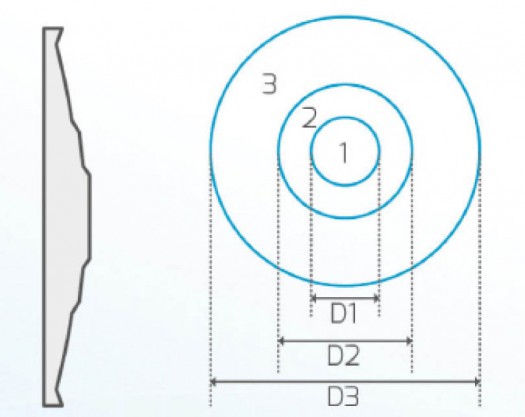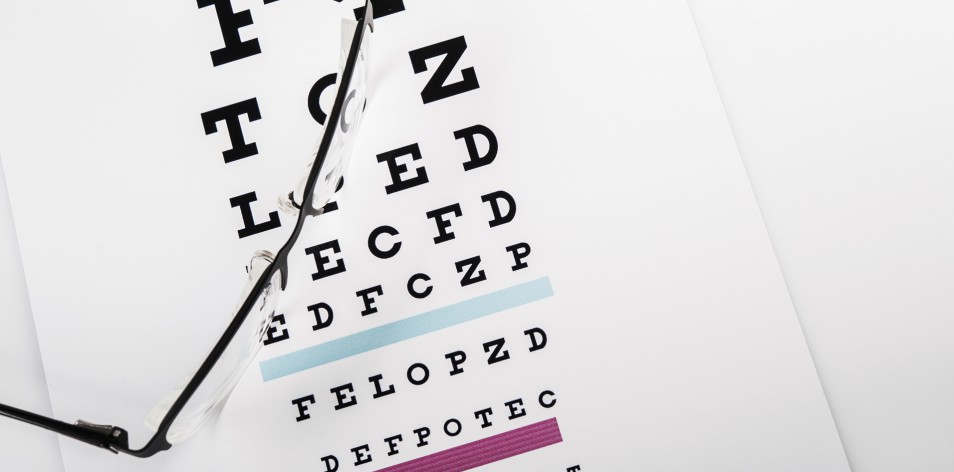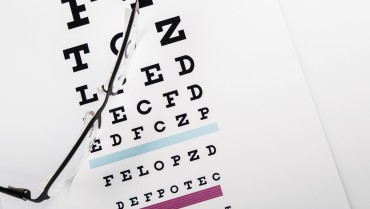Patient demands in modern lens surgery have been increasing over the past decade. Newer techniques such as laser cataract surgery, modern phaco machines, surgical guidance systems, and more precise instruments give us the opportunity to perform more accurate surgical procedures and enhance our patients’ outcomes. Advances can particularly be seen in the field of presbyopia treatment, as new models of IOLs undergo consistent technological evolution. From the refractive IOL optic designs in the 90s, to the high-add-power (+4.00 D) diffractive IOLs, to the persistent attempts to develop functioning accommodating IOLs, the continued evolution of IOL optics leads to better visual quality for our patients. Over the past 3 years, the introduction of trifocal diffractive IOLs and low-add-power IOLs (+1.50 D to 3.25 D) has already shown an increase in visual function, larger defocus capacities, and a reduction of photic phenomena.1-8

Figure 1. Progressive optic with a central D1 zone, a surrounding D2 zone with spherical aberrations of the opposite signs, and a D3 zone with monofocal characteristics.

Figure 2. The Mini Well Ready progressive multifocal IOL.
LATEST INNOVATIONS
Some of the latest innovations in this space are taking place in the field of extended depth of focus (EDOF) IOLs. These IOLs are specifically designed to reduce photic phenomena by increasing depth of focus to enhance intermediate and near visual acuity. A major limitation so far has been the lack of near performance in these types of lenses.
The Mini Well Ready (SIFI Medtech) represents a completely new approach to achieve visual function at all distances without the use of a diffractive optics pattern. The optic of the Mini Well Ready, a so-called progressive multifocal IOL, is based on three different symmetrical zones with different corrections of spherical aberrations to create a progressive light distribution (Figures 1 and 2). The IOL is manufactured of a copolymer material in a single-piece, four-point haptic fixation design. The four haptics have a closed double C-loop with a 5° angulation to achieve perfect centration and capsular bag stability even in cases of capsule shrinkage. The Mini Well Ready has an overall diameter of 10.75 mm and an optic diameter of 6 mm. The available dioptric range is widespread, from 0 to +30.00 D, with the limitation that the lens is available in 0.50-D increments only in powers between +18.00 and 25.00 D. The coating of the cartridge enables the surgeon to implant the Mini Well Ready with BSS irrigation only, without needing to remove any viscosurgical material.
FIRST RESULTS
In a recent laboratory study, Dominguez-Vicent et al9 found that the Mini Well Ready showed a better optical quality in a 4.5-mm pupil and a larger defocus tolerance compared with an extended range of vision IOL (Tecnis Symfony; Abbott Medical Optics). The first clinical trials with this new IOL design, performed by the International Vision Correction Research Centre (IVCRC.net) of the University of Heidelberg, Germany, verify these laboratory results in clinical practice. Over the first 3 postoperative months, refractive results stayed stable, with 95% of patients having a spherical equivalent of ±0.75 D.
The functional results also seem to be promising, with a monocular mean distance UCVA and near UCVA of 0.1 logMAR and an intermediate UCVA of 0.16 logMAR, respectively. Binocular mean distance BCVA, distance-corrected near visual acuity, and distance-corrected intermediate visual acuity also showed a good performance of -0.1 logMAR, 0.0 logMAR, and 0.1 logMAR, respectively. The overall defocus curve showed values of greater than 0.16 logMAR in a range from +0.50 to -3.00 D. To date, there have been no complaints of visual or photic phenomena among treated patients.
CONCLUSION
The Mini Well Ready progressive multifocal IOL has shown good performance at all distances and a lower incidence of photic phenomena, resulting in a high rate of patient satisfaction. However, data are limited, as only 12 binocular patients have been evaluated thus far. A greater amount of patients will need to be treated to verify these results.
1. Attia MS, Auffarth GU, Khoramnia R, Linz K, Kretz FT. Near and intermediate reading performance of a diffractive trifocal intraocular lens using a reading desk. J Cataract Refract Surg. 2015;41(12):2707-2714.
2. Kretz FT, Breyer D, Diakonis VF, et al. Clinical outcomes after binocular implantation of a new trifocal diffractive intraocular lens. J Ophthalmol. 2015;2015:962891.
3. Kretz FT, Müller M, Gerl M, Gerl RH, Auffarth GU. Binocular function to increase visual outcome in patients implanted with a diffractive trifocal intraocular lens. BMC Ophthalmol. 2015;15:110.
4. Höhn F, Tandogan T, Breyer DR, et al. Functional results one year after implantation of a bitoric, trifocal intraocular lens [article in German]. Klin Monbl Augenheilkd. 2015;232(8):957-961.
5. Kretz FT, Breyer D, Klabe K, et al. Clinical outcomes after implantation of a trifocal toric intraocular lens. J Refract Surg. 2015;31(8):504-510.
6. Kretz FT, Gerl M, Gerl R, Müller M, Auffarth GU; ZKB00 Study Group. Clinical evaluation of a new pupil independent diffractive multifocal intraocular lens with a +2.75 D near addition: a European multicentre study. Br J Ophthalmol. 2015;99(12):1655-1659.
7. Kretz FT, Koss MJ, Auffarth GU; ZLB00 Study Group. Intermediate and near visual acuity of an aspheric, bifocal, diffractive multifocal intraocular lens with +3.25 D near addition. J Refract Surg. 2015;31(5):295-299.
8. Kretz FT, Attia MA, Linz K, Auffarth GU. Level of binocular pseudoaccommodation in patients implanted with an apodised, diffractive and trifocal multifocal intraocular lens [article in German]. Klin Monbl Augenheilkd. 2015;232(8):947-952.
9. Dominguez-Vicent A, Esteve-Taboada JJ, Del Aguila-Carrasco AJ, Ferrer-Blasco T, Montes-Mico R. In vitro optical quality comparison between the Mini WELL Ready progressive multifocal and the TECNIS Symfony [published online ahead of print December 16, 2015]. Graefes Arch Clin Exp Ophthalmology. doi:10.1007/s00417-015-3240-7.


